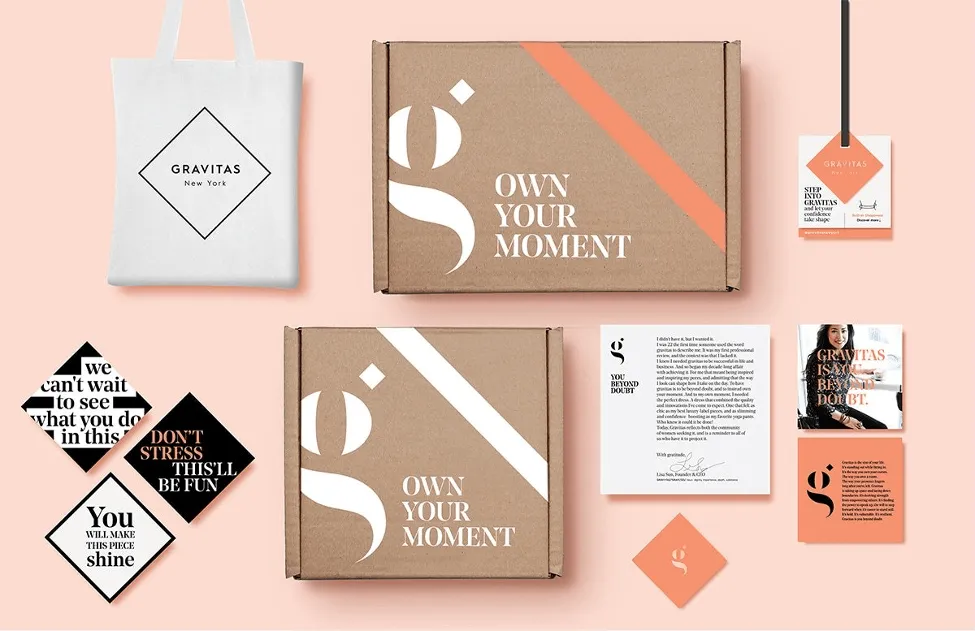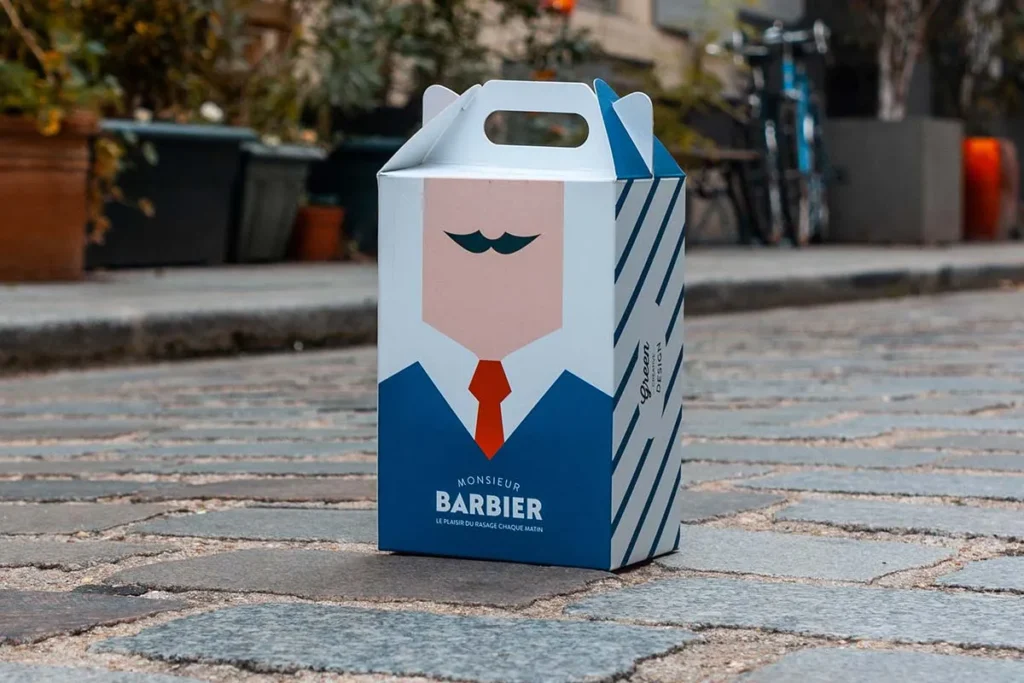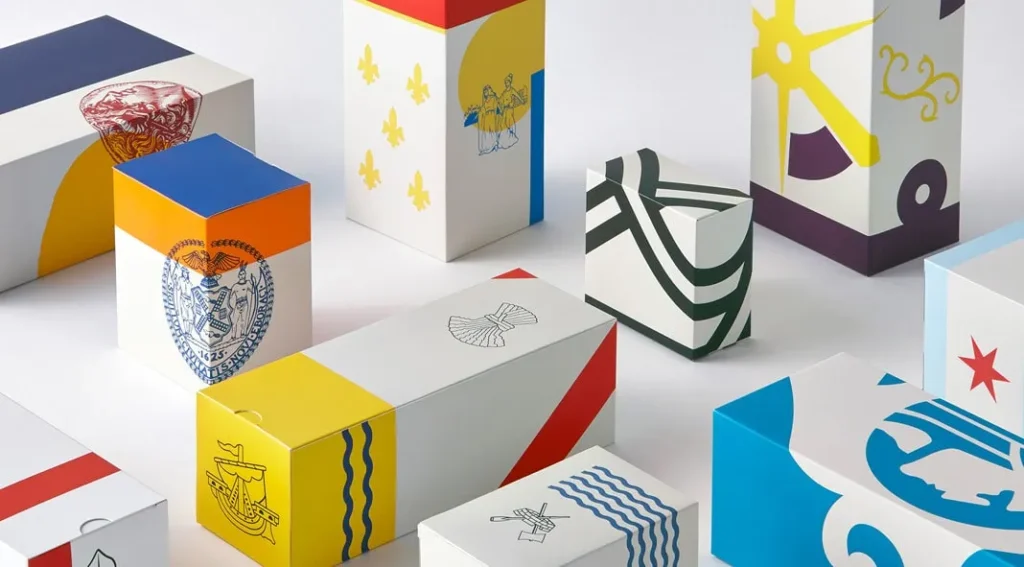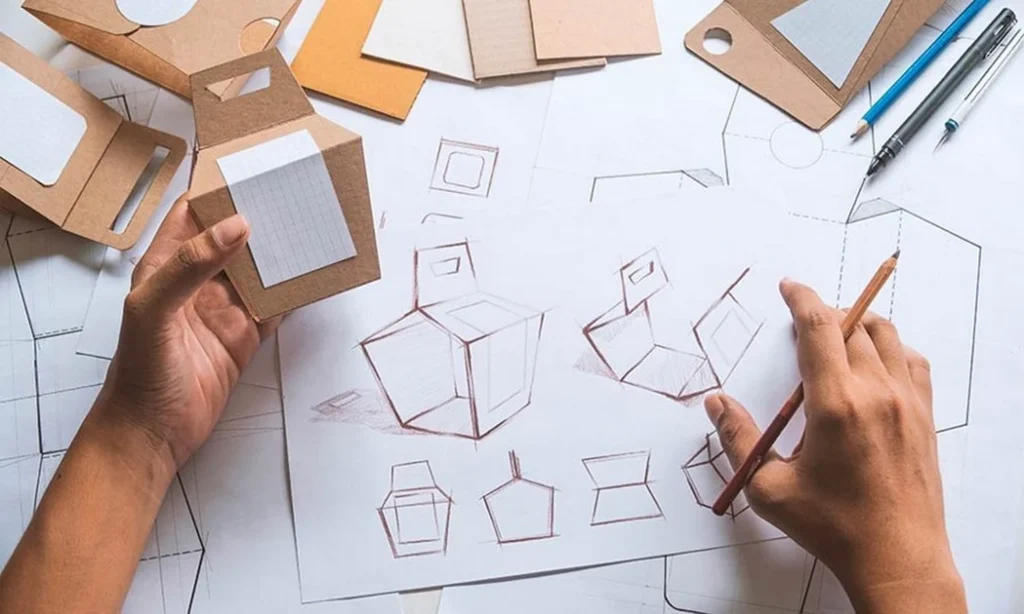Introduction
Direct-to-consumer (DTC) brands demand packaging that does more than protect a product — it protects margins, tells a brand story, reduces returns, and creates shareable unboxing moments. For Freelance Packaging Designers, there’s a large and growing opportunity in the DTC space: brands want agile, cost-sensitive designers who understand e-commerce logistics, sustainability rules, and digital marketing. Recent market reports show strong growth in the DTC packaging sector as e-commerce expands and brands invest in sustainable, experience-led solutions.
This guide is written for designers who want to specialize: it covers the market context, the ten core skill areas and service packages you should master, pricing and proposals, manufacturing and materials, regulatory and sustainability considerations, tech and prototyping workflows, and sales and retention tactics for DTC clients. Read on for a practical roadmap that will help Freelance Packaging Designers scale from one-off jobs to becoming an essential partner for direct-to-consumer brands.
1. ? Understand the DTC market and why DTC packaging matters
DTC companies ship directly to customers and own the customer relationship, so packaging becomes an owned touchpoint — not just a containment device. For Freelance Packaging Designers, this shift means designing for conversion (unboxing, brand retention) and logistics (dimensional weight, damage resistance). Market forecasts and trade coverage show that DTC packaging demand is rising sharply as brands invest more in e-commerce differentiation and sustainability.
What to do as a freelancer:
- Learn the KPIs your client cares about: return rate, damaged-in-transit %, cost per order, and dimensional weight.
- Ask about fulfilment partners (in-house, 3PL, Amazon FBA) — each has different constraints.
- Offer a short audit: a 1-page packaging scorecard (cost, branding, sustainability, logistics).

2. ♻️ Master sustainable materials and compliance (EPR & regional rules)
Sustainability is non-negotiable for many DTC brands in 2025. Freelance Packaging Designers must know recycled content options, mono-material strategies, and how Extended Producer Responsibility (EPR) schemes affect brand costs and design choices. EPR policies and packaging levies are expanding across markets in 2024–25, which changes lifecycle costs for packaging and can push brands to lightweight, recyclable packaging.
Practical actions:
- Default to mono-material designs where possible (easier to recycle).
- Learn common certification claims and how to avoid greenwashing (what you can and cannot legally claim).
- Include a lifecycle note in proposals — show projected cost impact under common EPR scenarios.
3. ? Design for e-commerce logistics and cost efficiency
DTC packaging is shipped, stacked, scanned, and sometimes returned. Freelance Packaging Designers should design to minimize dimensional weight, reduce void fill, and simplify fulfillment. Smart folding mailers, snug mailer boxes, and collapsible inserts cut shipping expenses and improve sustainability metrics. Industry guidance and packaging trend reports for 2025 prioritize designs that balance protection with minimal volume.
Checklist for logistics-savvy design:
- Test for common courier handling (drop tests, vibration).
- Measure and budget for dimensional weight vs. cost of protective inserts.
- Propose reusable or returnable formats if the DTC business model supports it.
4. ✨ Create branded unboxing experiences that convert
DTC brands use packaging as a marketing channel. Freelance Packaging Designers must craft an experience that earns social shares and customer loyalty: welcome cards, tissue, custom tape, and neat reveals. Unboxing remains a potent content driver in 2025 — content creators still create millions of unboxing views, and brands get organic reach from a single memorable package.
Design tips:
- Prioritize one “wow” moment rather than lots of small, costly extras.
- Make the primary reveal (how the product appears) Instagram/TikTok friendly.
- Include QR codes or AR triggers that link to tutorials or loyalty programs.
5. ? Prototype fast: dielines, mockups, and digital sampling
Speed matters for DTC brands. Freelance Packaging Designers should have rapid prototyping workflows: dieline mastery, print proofs, 3D mockups, and low-cost physical samples. Use box-template libraries and maintain relationships with a few trusted local and overseas sample vendors to iterate quickly. Digital mockups let you test color and material permutations without expensive runs.
Workflow recommendations:
- Deliver a designer pack: dieline, print PMS/CMYK values, spec sheet, and dieline in EPS/PDF.
- Maintain a sample budget line in proposals (e.g., 3 prototype runs).
- Use cardboard or foam mockups for shape validation before printing runs.

6. ?️ Source manufacturers and balance local vs offshore production
Scaling from prototype to production requires vendor know-how. Freelance Packaging Designers who advise on vendor choice are far more valuable than those who only hand over dielines. Some DTC brands prefer local, fast-turn suppliers (higher cost) while others use offshore for unit price efficiency (longer lead times). In 2025, supply chains remain sensitive, and production agility is a selling point.
How to help clients decide:
- Provide a TCO comparison (unit cost, lead time, minimum order quantity, carbon freight).
- Suggest pilot runs to validate quality before scaling.
- Include QC checkpoints and acceptable defect thresholds in spec sheets.
7. ? Build services and pricing packages for DTC clients
To win DTC clients, Freelance Packaging Designers need clear, scalable offerings: one-time concept work, retainer design for seasonal launches, and production support. Price transparently for the value you add (reduced returns, better conversion, lower shipping costs). In 2025, many DTC brands prefer predictable monthly fees for ongoing design and packaging ops.
Suggested packages:
- Strategy + Concept (fixed fee)
- Prototype & Production (fixed + sample budget)
- Retainer (monthly for ongoing launches & QA)
- Sustainability audit (one-off)
Make add-ons clear: vendor sourcing, artwork management, shelf compliance checks.
8. ? Support compliance, labelling, and carbon claims
Regulations and consumer scrutiny make accurate labelling essential. Freelance Packaging Designers must know what to include on DTC packaging — ingredients, allergens, country of origin, recycling icons, and legally required safety information. Equally important: when a brand wants a carbon or recyclability claim, designers should ask for supplier evidence and, if necessary, refer the client to a certification partner. EPR rules and labelling requirements are evolving in 2025; advising clients to prepare for change is part of the service.
Practical checklist:
- Maintain a labelling checklist per market (EU, US, UK, Canada, Australia).
- Use standard recycling icons and a “check locally” descriptor if recyclability depends on local streams.
- Keep templates for regulatory changes (e.g., new EPR reporting fields).
9. ? Market yourself to DTC founders and agencies
Many DTC founders hire specialists via referrals or marketplaces. Freelance Packaging Designers should position themselves as conversion-focused and operationally competent. Use case studies that show ROI: reduced return rates, improved conversions, or lower shipping costs. In 2025, content marketing (insightful blog posts, videos of unboxing concepts, and LinkedIn case studies) and partnerships with 3PLs or fulfillment consultants pay off.
Actionable marketing tactics:
- Publish before/after case studies with metrics.
- Run a short free audit campaign for target DTC brands.
- Collaborate with e-commerce platform partners (Shopify/BigCommerce) for referrals.
10. ? Future tech: AI, automation, and personalization at scale
Technology is reshaping packaging workflows. Freelance Packaging Designers who adopt AI tools for mockups, material optimisation, and personalization templates will be competitive. In 2025, tools that predict shipping damage, calculate lifecycle impact, or automate dieline population are increasingly available — use them to speed delivery and offer data-driven recommendations.
Examples to explore:
- AI for print proof prediction (color and substrate simulations).
- Variable data printing for personalized inserts or names at scale.
- Software to optimize pack dimensions automatically for courier pricing.

Conclusion
Becoming a go-to specialist for DTC brands is an excellent path for Freelance Packaging Designers in 2025. The opportunity is fueled by continued DTC market expansion, consumer demand for sustainability, and the marketing value of memorable unboxing experiences. To win and keep clients, combine creative craft with operational reliability: design for logistics, know materials and compliance, prototype quickly, and present clear pricing and ROI. The designers who pair strong creative sensibilities with supply-chain savvy will be the most in demand.
If you’re a designer starting today, pick three quick wins: (1) build a logistics audit template to show shipping cost savings, (2) learn one sustainable material system (mono-material paper/pulp), and (3) create at least two shareable unboxing case studies. Those moves will help Freelance Packaging Designers demonstrate immediate value and win consistent DTC work.
External links & further reading
- Why the unboxing experience still matters in 2025.
- Direct-to-Consumer packaging market outlook (2025).
- Shopify — Product Packaging: Essential Tips for 2025.
- Extended Producer Responsibility (EPR) update and implications for packaging in 2025.
- Eco-friendly packaging trends for e-commerce (2025).
Also Read: Freelance Painters — Complete Marketing Guide to Grow Your Independent Painting Business in 2025

